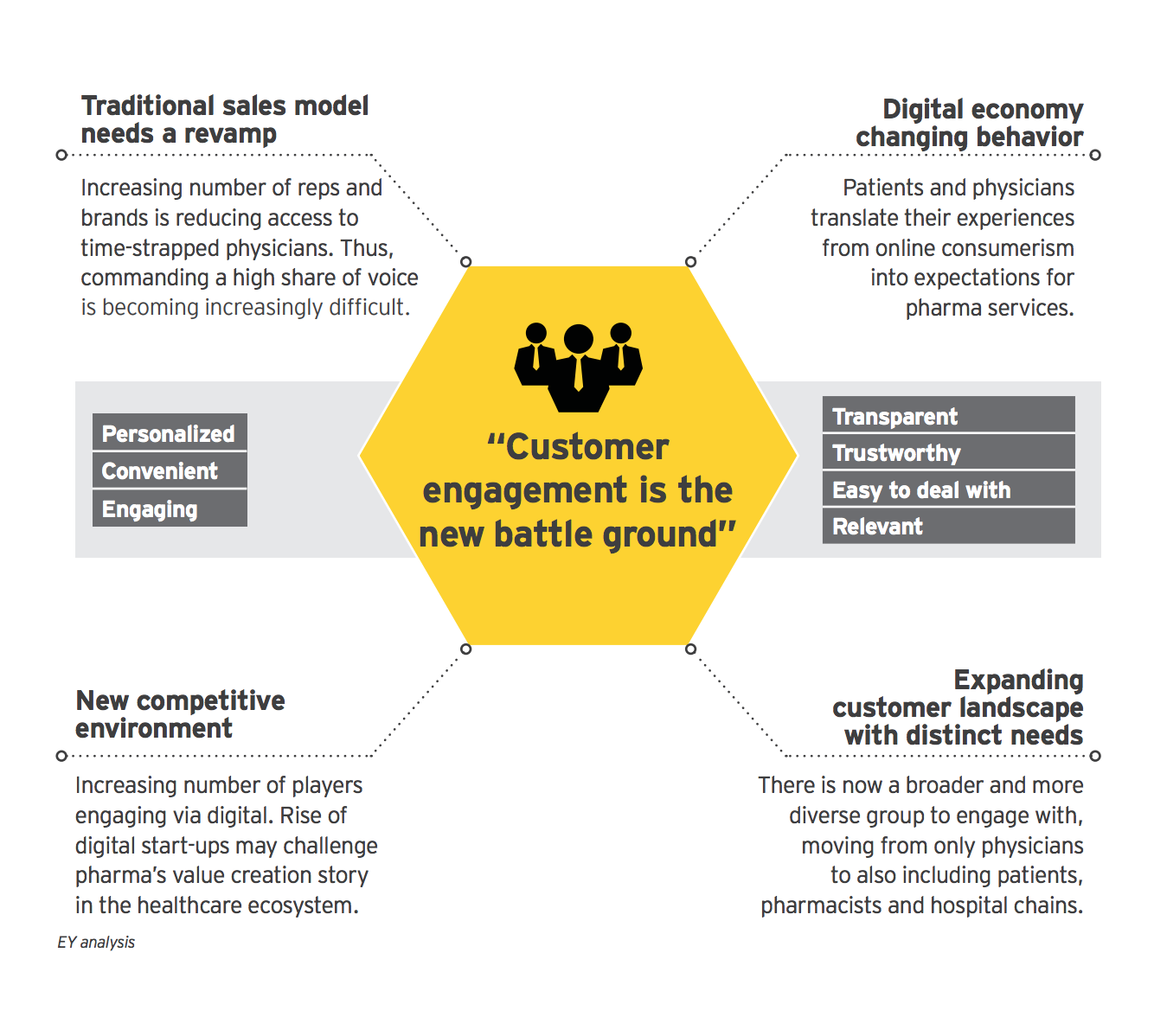When was the first time that we heard the word DIGITAL? Remember?
In 1973, if I may recall, a relative of mine who used to frequently travel to Singapore, returned from one of his trips with an unusual gizmo on his wrist. He had picked up a new watch, SIEKO, the world’s first digital wristwatch. Seiko changed time from being displayed as analog, to wristwatches displaying time in digital. The first wristwatch showed stunning 6-digits. Later on, complex displays included date and other details. Digitally displaying time was a breakthrough and it happened about 44 years ago.

Today, the word digital is omnipresent. In newspapers, blogs, discussions, and in literally any meeting or forum, the word digital is mentioned. And whenever mentioned, something different is meant with the use of the word, digital.
An interesting sentence from a Harvard Business Review article states that “Any approach should begin by clearly defining what it is.” The meaning of the word digital today appears to be unbelievably diverse, as Hanno Wolfram puts it.
Christian Milaster, an expert in optimizing the delivery of care through Digital Health and Telehealth puts it perfectly:“Everyone agreed, until somebody defined it.”
Everywhere, the word DIGITAL and DIGITISATION are very commonly used and most of the times it’s confusing, and out of context.
So, let’s get some clarity.
DIGITAL refers to – customer centric value proposition. Whereas, digitization is an operational necessity (efficiency, operational excellence, predictability)
So, being digital is not just introducing mobile apps for customers or giving iPads to sales people and transferring the content from paper to glass. It is taking advantage of the opportunity to redefine a business — and possibly even an industry including pharma and healthcare industry.
Let’s understand this better though some interesting examples:
Schneider Electric, has moved beyond selling electrical products to providing ‘energy management’ solutions. Kaiser Permanente views itself not as a ‘health care provider’ but as a ‘patient-provider’ collaboration. BMW is not just an ‘automobile manufacturer’; it’s a provider of ‘individual mobility.’ Philips has sold off multiple businesses, including its foundational lighting business, to focus on “improving lives through health care innovation.

Digital in Indian Pharma industry
Cipla has been one of the forerunners among Indian drug companies raising the bar with digital therapeutics push. They are in the process of moving from being pill makers to care givers and therapeutic service providers, encompassing disease awareness, disease management and patient care, with pills being just one part of its healthcare service.
A recent E & Y report on digital adoption by Indian pharma has made some pertinent observations:
Indian pharma’s journey to the digital world has just begun.
On E Y’s five-step digital maturity framework, Indian pharma companies are still falling short of their global counterparts. Of the surveyed Indian companies, 53% are still at the beginners stage, while 40% are at the conservatives stage and only few (7%) have moved toward the explorers stage.
Digital intent is strong, but execution is not
As per their discussion, 86% of the senior pharma leaders have a strong positive inclination toward digital as a strategic rather than a tactical approach. However, lack of a clear digital strategy/value proposition and change management are perceived as the two key barriers to embracing digital.
Data will become the new currency of digital marketing and analytics will be the key enabler.
Companies are gradually realizing that a lot of untapped data at the moment can be tapped only by using digital. With renewed interest among Indian pharma companies in gaining dynamic customer insights and personalizing customer experience, data will form the backbone of sustained and effective digital marketing.
According to E & Y, 4 Ps will be the success factors of digital evolution. Their overall analysis indicates that any successful digital solution will have these 4 elements:
- Painless:Offer hassle-free experience and minimize invasive “push” sales tactics
- Prompt:Provide more real-time, dynamic content with two-way communication
- Personal:Understand customer journey and co-create with them
- Purposeful:Make sure every interaction is impactful and deliver a consistent message across channels
New integrated commercial models will be the ‘new’ normal
In the long term, Indian pharma majors will grow into integrated health care providers — offering both products and services, forging patient-centric partnerships and demonstrating value to a broad array of customer groups.
Digital offerings are the specific solutions that deliver on a company’s digital value proposition.
The best way to start is to arrive at, What business outcome you are trying to drive?
So, start by asking yourself business related questions, such as, How could we better serve our customers through faster, more flexible technology?
Once you understand your business goals, you can work your way back to the technology decisions.
Going ahead, to become digital and pursue a digital vision, pharma companies must define their digital offerings. They must embrace information-enriched customer solutions delivered as a seamless, personalized customer experience.






